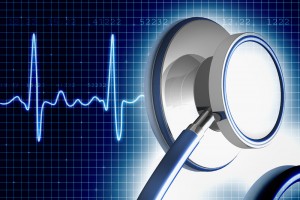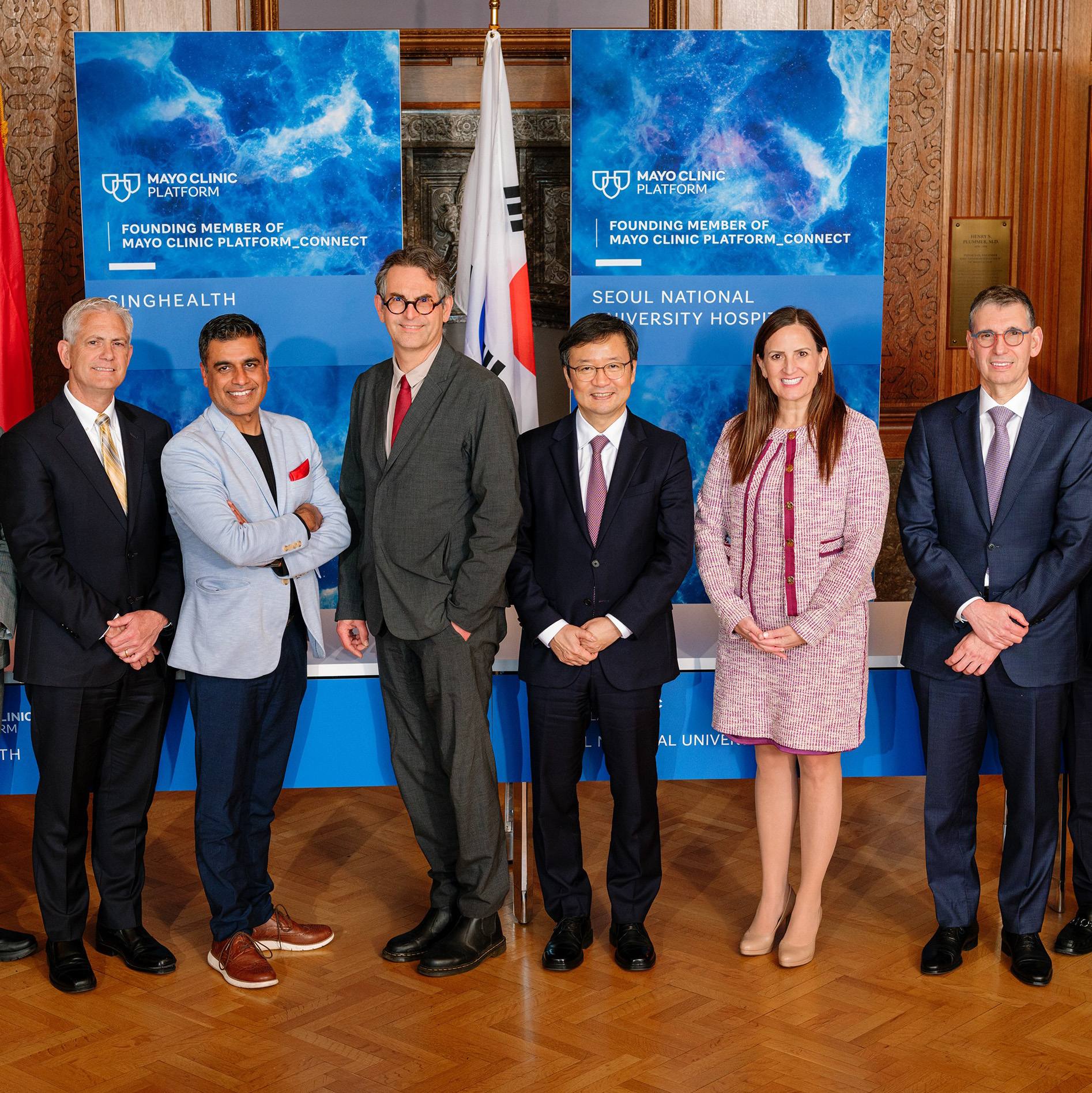-
 Minnesota
MinnesotaTranslational Research: An Update on Breakthrough Medical Treatments
ROCHESTER, Minn. — October 22, 2012. Imagine reprogramming skin and blood cells to heal an injured organ. Or, consider the potential benefits of all patients knowing their personal genomes and being able to customize health care to their particular genes.

These types of health care improvements are the ideal end products of translational research. The October issue of Mayo Clinic Health Letter includes a Special Report on translational research and how it is leading to breakthrough treatments.
Mayo Clinic is a leader in translational research, which can be broadly described as a research cycle. First, a problem is observed in the health care system. Researchers study the problem. Then, they retool discoveries into solutions that benefit patients.
Examples include:
- Healing from within: Mayo Clinic's Center for Regenerative Medicine is studying ways to reprogram skin and blood cells in the laboratory to revert back to undifferentiated stem cell-like status. Researchers have been able to generate these cells into glucose-responsive, insulin-producing cells. This achievement is intriguing as a possible future treatment for patients with diabetes.
- Knowing individual DNA: In a field of study called clinomics, doctors are turning what's known about genomics into targeted clinical tests that can guide health decisions. For example, Mayo Clinic doctors are developing a comprehensive diagnostic panel of the 18 genes known or suspected to be related to colon cancer. This panel would provide a single test to be used in the diagnosis of hereditary colon cancer, replacing what now requires multiple tests performed by labs across the country.Thanks to technological advances, decoding an individual genome is becoming financially feasible. When the first human genome was decoded about a decade ago, the price tag was $2.7 billion. Today, the cost to an individual is about $7,500 and research is under way on new technologies to bring the price down to $1,000.
- Reading the signs: Signs or biological indicators — such as blood pressure — have long been used to ascertain what's happening inside the body. Many of these indicators, also called biomarkers, are not well understood and are the subject of much translational research. For example, using data compiled over many years, researchers have uncovered biomarkers associated with Alzheimer's disease. Now, they are working to find ways to determine when intervention is needed. The hope is that treatment can start early in the disease, before irreversible damage has been done to the brain.
Mayo Clinic Health Letter is an eight-page monthly newsletter of reliable, accurate and practical information on today's health and medical news. To subscribe, please call 800-333-9037 (toll-free), extension 9771, or visit Mayo Clinic Health Letter Online.
###
About Mayo Clinic:
Recognizing 150 years of serving humanity in 2014, Mayo Clinic is a nonprofit worldwide leader in medical care, research and education for people from all walks of life. For more information, visit 150years.mayoclinic.org, www.mayoclinic.org and newsnetwork.mayoclinic.org.
Media Contact: Ginger Plumbo, 507-284-5005 (days), newsbureau@mayo.edu







